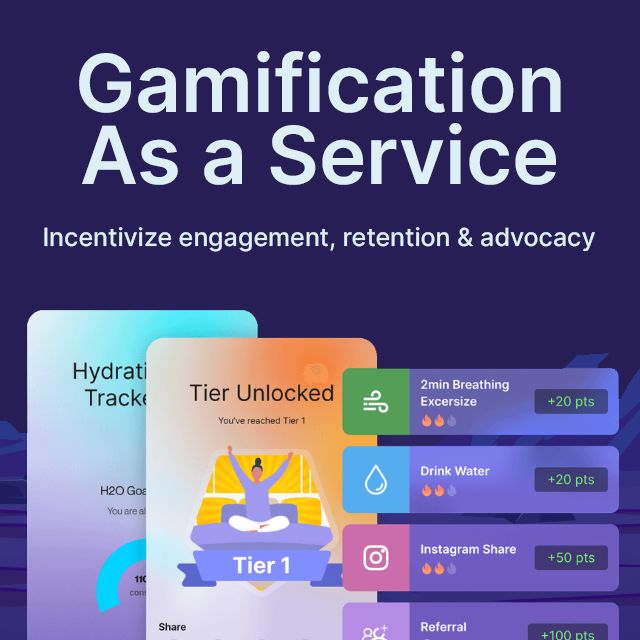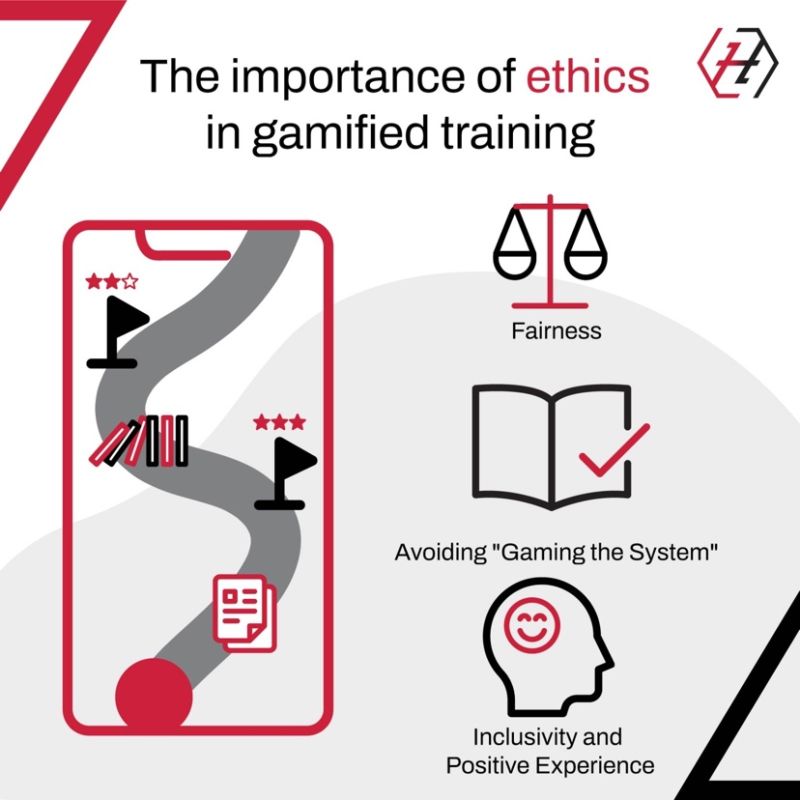Unlocking the Hidden Secrets: How Gamification Will Transform the Way Consumers Interact in Tomorrow’s World.
 Image courtesy of Karolina Grabowska via Pexels
Image courtesy of Karolina Grabowska via Pexels
Table of Contents
Gamification has become an increasingly popular strategy in marketing campaigns, leveraging game elements to enhance customer engagement and drive brand loyalty. As we look toward the future, it is crucial for marketers to understand the changing consumer behaviors that will shape the industry by 2024. This article will explore the integration of gamification in marketing campaigns as a means to adapt to these evolving consumer behaviors and unlock new opportunities for brands.
Understanding the Changing Consumer Behaviors
The consumer landscape is constantly evolving, and by 2024, we can expect significant shifts in consumer behaviors. One key trend is the continued shift towards digital platforms and online experiences. With the rise of e-commerce and the growing popularity of virtual reality (VR) and augmented reality (AR), consumers are becoming more comfortable with digital interactions and expect brands to meet their needs in this space.
Another important aspect is the increasing demand for personalized and interactive brand experiences. Consumers are no longer satisfied with passive engagement; they crave authentic interactions and storytelling. In addition, they are looking for customized products and services that cater to their individual preferences. To stay ahead of the game, brands need to incorporate gamification into their marketing campaigns to meet these evolving consumer expectations.
Exploring the Benefits of Gamification in Marketing Campaigns
Gamification holds several benefits for marketing campaigns. Firstly, it enhances customer engagement and drives brand loyalty. By incorporating game elements, brands can create immersive experiences that captivate consumers, keeping them actively involved with the brand. Additionally, gamification techniques such as rewards and incentives motivate consumers to participate, fostering a sense of loyalty and encouraging repeat interactions.
Furthermore, gamification allows brands to collect valuable consumer data and insights. By implementing gamified surveys, quizzes, and challenges, marketers can gather actionable information that can be used to tailor their marketing strategies. This data helps understand consumer preferences, behaviors, and motivations, enabling brands to create more targeted and effective campaigns.
Creative Ways to Integrate Gamification in Marketing Campaigns
There are several creative ways to integrate gamification into marketing campaigns. One strategy is to run gamified contests and challenges. By promoting social media participation and viral sharing, brands can generate buzz and increase their online presence. Additionally, encouraging user-generated content (UGC) through gamified challenges helps drive brand advocacy and creates a sense of community among consumers.
Image courtesy of via Google Images
Loyalty programs can also benefit from gamification. Implementing reward systems and point-based levels incentivize customers to engage more frequently with the brand. Providing exclusive offerings and access to gamified members further enhances brand loyalty and encourages ongoing participation.
Another effective approach is using interactive mobile apps and gamified experiences. Creating branded games or utilizing augmented reality (AR) can captivate consumers and provide them with a unique and immersive brand experience. Additionally, incorporating gamification techniques within mobile apps can lead to higher user engagement and retention rates.
Challenges and Considerations when Integrating Gamification
While gamification offers significant benefits, there are also challenges to consider. It is essential for brands to ensure that gamification aligns with their brand identity and message. The game elements should seamlessly integrate with the overall marketing strategy, in a way that reinforces the brand’s values and objectives.
Another challenge is potential backlash or fatigue from excessive gamification. Brands need to strike the right balance and avoid overwhelming consumers with excessive game mechanics. Sustainable and meaningful gamification efforts should be implemented to ensure positive consumer experiences.
Additionally, building secure and trustworthy gamified platforms is crucial. Consumer data and privacy must be protected, and measures should be in place to prevent any potential security breaches or misuse of personal information.
Looking Ahead: Future Opportunities and Trends
Looking into the future, there are exciting opportunities and trends for gamification in marketing campaigns. With emerging technologies such as virtual reality (VR), augmented reality (AR), and mixed reality (MR), brands can create even more immersive and interactive gamified experiences. By integrating gamification with these technologies, brands can push the boundaries of engagement and provide unique brand interactions.
Image courtesy of via Google Images
Additionally, artificial intelligence (AI) can play a significant role in personalizing game dynamics. By leveraging AI algorithms, brands can tailor game experiences based on individual consumer preferences and behaviors, further enhancing engagement and brand loyalty.
Finally, gamification can be a powerful tool for social change and sustainability. By designing games that encourage positive behaviors and actions, brands can promote social causes and drive eco-friendly practices. Gamified challenges can be used to educate consumers about sustainability and inspire them to adopt environmentally conscious behaviors.
Conclusion
As consumer behaviors continue to evolve, gamification is becoming an effective strategy for brands to adapt and stay ahead of the game. By incorporating game elements, brands can enhance engagement, foster loyalty, and gain valuable consumer insights. Creative integration of gamification in marketing campaigns, along with careful consideration of challenges and future opportunities, will enable brands to effectively leverage gamification to adapt to changing consumer behaviors by 2024 and beyond.






